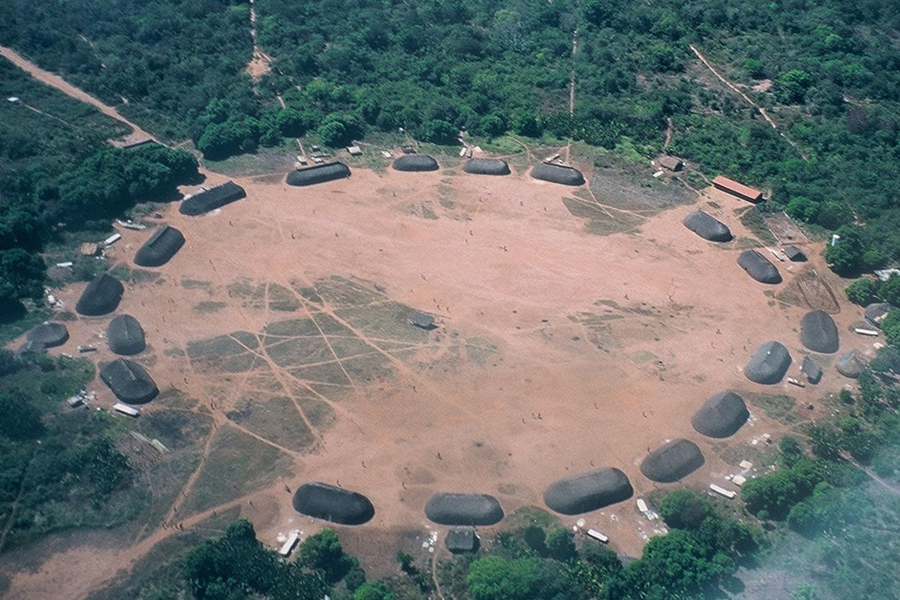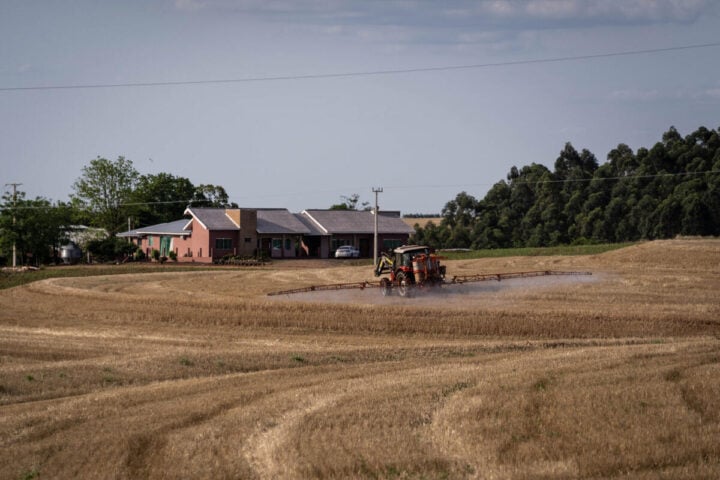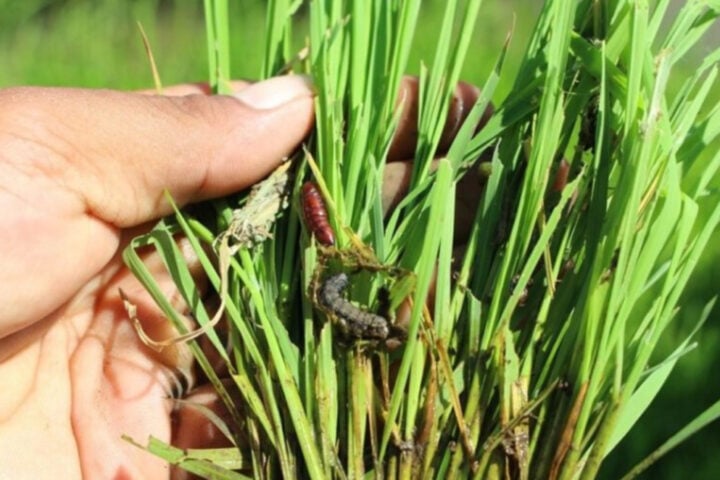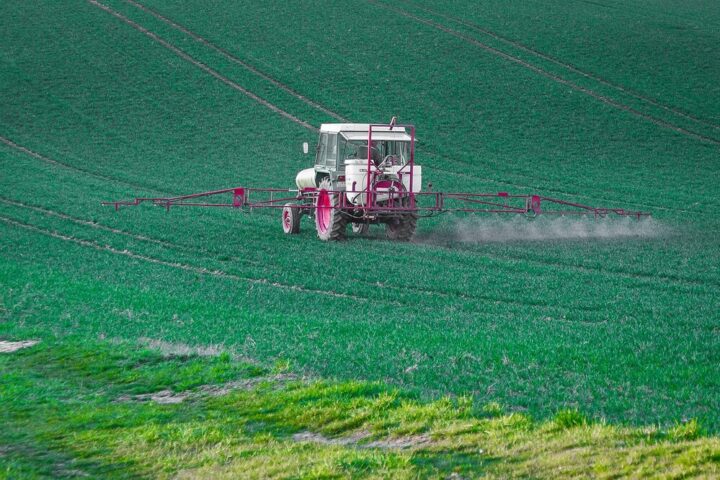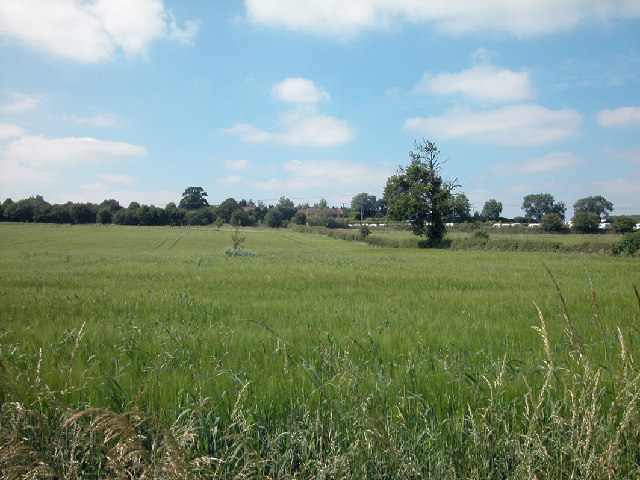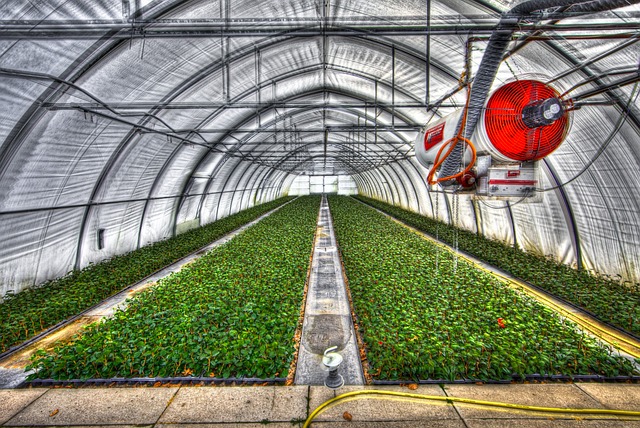Renowned for its vast tropical forests, the Amazon river basin surprisingly sits atop infertile soils. Much of the Amazon’s soil, contrary to expectations, is acidic & nutrient-deficient, posing challenges for farming. Black & fertile patches of ancient soils, termed as “Dark Earth,” have been found by archaeologists at numerous Amazonian sites. These patches of “Dark Earth” have been discovered around human settlements that date back hundreds to thousands of years. Whether intentionally created or a mere byproduct of ancient cultures, the origin of this nutrient-rich soil has been a topic of debate.
The origins of dark earth are sought to be clarified by a collaborative study between MIT, the University of Florida, & Brazilian institutions. Researchers deduced that ancient Amazonians deliberately produced dark earth through soil analyses, ethnographic observations, & interviews with contemporary indigenous communities. This intentional creation was a strategy to enhance the soil quality, supporting the growth of large & intricate societies. Taylor Perron from MIT emphasized the role of humans in shaping dark earth to counteract the Amazon’s naturally nutrient-poor soil.
If you want to have large settlements, you need a nutritional base. But the soil in the Amazon is extensively leached of nutrients, and naturally poor for growing most crops. We argue here that people played a role in creating dark earth, and intentionally modified the ancient environment to make it a better place for human populations.
Taylor Perron, the Cecil and Ida Green Professor of Earth, Atmospheric and Planetary Sciences at MIT.
Dark earth, interestingly, is a significant reservoir of carbon, accumulated over generations. The accumulation of this carbon-rich detritus was led by activities like enriching the soil with food scraps, charcoal, & waste. A co-author, Samuel Goldberg, highlighted the potential of these ancient practices for modern-day climate change mitigation. Published in Science Advances, the study involved multiple researchers, including Morgan Schmidt, Michael Heckenberger, & several Brazilian collaborators. The research team combined past observations with new data collected between 2019 & 2021.
The Kuikuro Indigenous Territory in the Upper Xingu River basin, a region rich in both modern villages & ancient archaeological sites, was their focus. During his visit, Morgan Schmidt was intrigued by the dark, fertile soil surrounding some archaeological locations. Practices like creating “middens” – compost-like piles of waste & food scraps were revealed by observations of the modern Kuikuro community. These waste piles, over time, decompose, blending with the soil to form the characteristic dark earth. Organic waste & ash on fields are also spread by the Kuikuro community, leading to the formation of dark earth & subsequently increasing crop yield.
We saw activities they did to modify the soil and increase the elements, like spreading ash on the ground, or spreading charcoal around the base of the tree, which were obviously intentional actions.
Morgan Schmidt, MIT Postdoc and Lead Author
Interviews with the Kuikuro community revealed their term for dark earth as “eegepe.” Insights into the daily practices employed by the Kuikuro community to cultivate & enhance soil’s fertility were provided by these interviews. The challenge of the team was to determine if the ancient dark earth was produced through practices similar to those observed today. The team conducted a meticulous analysis of soils from both ancient & modern sites in the Upper Xingu region. Similarities were identified by the team in the spatial structure of dark earth across both time periods.
Similar Posts
Both modern & ancient dark earth exhibited a radial pattern concentrated primarily in settlement centers & extending outward. The composition of the dark earth from both eras was also strikingly similar, enriched with elements like carbon, phosphorus, & other nutrients. These elements are essential for human, animal, & plant life, playing a crucial role in mitigating the aluminum toxicity in Amazonian soil. Goldberg emphasized the soil as the key bridge connecting modern & ancient practices. The findings of the team suggest that ancient Amazonians deliberately cultivated the soil, possibly using methods akin to contemporary practices.
The ancient Amazonians put a lot of carbon in the soil, and a lot of that is still there today. That’s exactly what we want for climate change mitigation efforts. Maybe we could adapt some of their indigenous strategies on a larger scale, to lock up carbon in soil, in ways that we now know would stay there for a long time.
Samuel Goldberg, Co-author & Assistant Professor at the University of Miami.
Further, the researchers estimated the carbon content of ancient dark earth. Their calculations revealed that each ancient village sequestered several thousand tons of carbon in the soil, a result of human activities. The conclusion of the team underscores the potential of modern sustainable agriculture & climate change mitigation efforts, drawing inspiration from the enduring fertility of ancient dark earth. Valuable insights for these modern challenges could be offered by the practices of indigenous Amazonians today.
The MIT research received support from the Abdul Latif Jameel Water & Food Systems Lab & the Department of the Air Force Artificial Intelligence Accelerator. Field research was backed by grants to the University of Florida from various foundations & was sponsored in Brazil by the Museu Goeldi & Museu Nacional. The vastness & lushness of the Amazon might lead many to assume its soils are equally fertile. Beneath the dense forest canopy, however, lies a soil that challenges traditional farming practices.
With its origins remaining a mystery, the discovery of dark earth has puzzled scientists for years. Light on the intentional efforts of ancient Amazonians to enhance their environment is shed by this recent study. The deliberate creation of dark earth was not just about agriculture; it had unintended environmental benefits. Lessons for today’s climate challenges could be offered by the carbon-sequestered properties of dark earth. The practices that have been passed down for generations are continued by modern-day indigenous communities.
The intentional soil-enriching practices of the Kuikuro community provide a window into the past. The rich legacy of the ancient Amazonians is evident in the fertile patches of land that dot the region. The researchers are uncovering the secrets of the Amazon through a blend of modern science & ancient wisdom. The intentional creation of dark earth is a testament to the ingenuity & foresight of ancient cultures. The lessons from the Amazon could pave the way for sustainable solutions, as the world grapples with environmental challenges. With its rich history & untapped potential, the Amazon beckons researchers & environmentalists alike.
